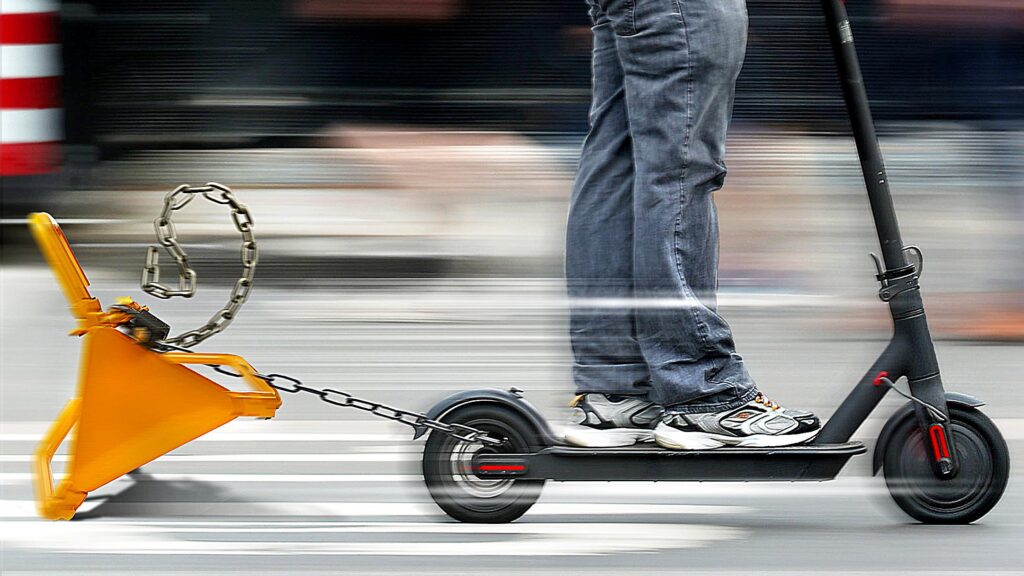Electric scooters, or e-scooters, have gained immense popularity as a convenient and eco-friendly mode of transportation.
With cities adopting shared e-scooter programs and individuals embracing personal electric scooters, the question of their speed often arises.
In this article, we explore the typical speed capabilities of e-scooters, the factors that influence their maximum speed, and the importance of safe riding practices.
Average Speed of E-Scooters
The average speed of e-scooters typically falls within the range of 15 to 20 miles per hour (24 to 32 kilometers per hour).
These speeds strike a balance between efficiency, safety, and urban mobility. For shared e-scooter programs in cities, the maximum speed is often capped at around 15 miles per hour to ensure pedestrian safety and reduce the risk of accidents.
Factors Influencing E-Scooter Speed
- Motor Power: The power of the electric motor significantly affects an e-scooter’s speed. E-scooters with higher wattage motors generally have greater acceleration capabilities and can reach higher speeds.
- Battery Capacity: The battery capacity determines how much energy the e-scooter can store, which in turn affects its range and top speed. A larger battery allows for longer rides and may provide a slight boost in maximum speed.
- Weight of the Rider: The weight of the rider can influence an e-scooter’s speed. Heavier riders may experience slightly reduced speeds compared to lighter riders due to increased load on the motor.
- Terrain: The type of terrain can impact an e-scooter’s speed. Climbing steep hills or rough surfaces may slow down the scooter, while flat and smooth paths allow for faster speeds.
- Scooter Design: The aerodynamics and design of the e-scooter can influence its overall speed capabilities. Streamlined designs with reduced air resistance may achieve slightly higher speeds.
- Mode and Settings: Some e-scooters offer multiple riding modes, such as eco mode or sport mode. These modes can affect the scooter’s speed and power output.
Safety Considerations
While e-scooters offer a fun and efficient way to get around, safety should always be a top priority.
Riding an e-scooter responsibly is essential to avoid accidents and ensure the well-being of the rider and others sharing the road.
- Wear a Helmet: Wearing a helmet is crucial to protect the head in case of a fall or collision. Helmets can significantly reduce the risk of head injuries.
- Follow Traffic Rules: E-scooter riders should adhere to traffic rules and regulations, including speed limits and designated scooter lanes if available.
- Yield to Pedestrians: Always yield to pedestrians and respect their right of way, especially in crowded areas.
- Be Aware of Surroundings: Stay alert and be aware of potential hazards, such as vehicles, pedestrians, and obstacles on the road.
Conclusion
E-scooters offer a fun and efficient means of urban transportation with average speeds ranging from 15 to 20 miles per hour.
The maximum speed of an e-scooter is influenced by factors such as motor power, battery capacity, rider weight, and terrain.
Responsible riding and adherence to safety guidelines are crucial to ensure a safe and enjoyable e-scooter experience.
As e-scooters continue to revolutionize urban mobility, understanding their speed capabilities and promoting safe riding practices are essential for creating a harmonious coexistence between e-scooter riders, pedestrians, and other road users.

